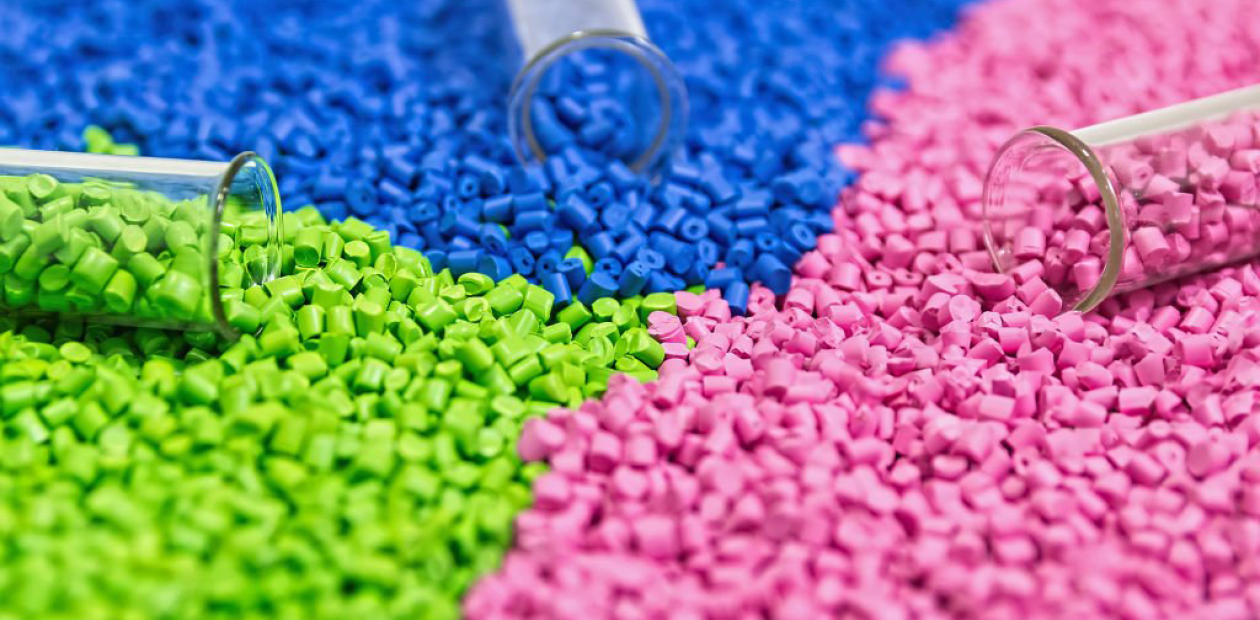At a glance
- Plastics are primarily made from synthetic resins
- Having been pioneered as recently as the 20th century, various synthetic resins have been developed according to the desired plastic properties
- Samsung C&T has been trading synthetic resins for decades
During the course of this “Getting to know” series, we’ve occasionally made reference to historic periods such as the Bronze Age. But as we now turn our attention to synthetic resins, we can need look no further back than our own present era – what has been called the “Plastics Age.”
While we may be very familiar with the word “plastic,” it may be less widely known where plastics come from – and the simple answer is synthetic resins. These are an important commodity for Samsung C&T Trading & Investment Group. Let’s start by getting to know more about them.
From ivory substitute to everywhere
Synthetic resins were pioneered as recently as the 20th century, as chemists experimented to create materials that might be able to replace endangered options such as ivory and tortoiseshell. Made from elements like carbon, hydrogen, nitrogen, and sulfur, synthetic resins can be adjusted to determine the desired properties of the resulting plastic – which is often named after the synthetic resin used to produce it.
For instance, a low-density synthetic resin might be used to make a lightweight plastic bag, whereas a high-density variety might be more appropriate for furniture and pipes that need to be more durable. Generally, synthetic resins have become so important around the world because of the versatile properties they give to plastics. These include being lightweight, easy to shape, chemically stable, hygienic, relatively inexpensive, strong, durable, and corrosion resistant as well as offering good electrical insulation and low thermal conductivity.
These attributes lend themselves to abundant applications so that most of us are rarely out of contact with plastics today. For example, many of us start each day by brushing our teeth with plastic toothbrushes and using plastic smartphones along with other plastic appliances. When we commute to work, our vehicles are lined with plastics. Cyclists are kept safe by plastic helmets. Even our basic clothing materials are often created using textile fibers made from synthetic resins.
While there are concerns about plastic waste, there have been efforts to embrace circularity by using plastic waste to manufacture new products – including turning plastic bottles into clothing, making furniture out of old plastic toys, and even constructing homes and other buildings using plastic waste!
Where does Samsung C&T come in?
With plastics continuing to be widely used throughout the world, the market for their related resins is expected to grow significantly to exceed US$1 trillion by 2032, as demonstrated by the infographic above.
That’s a boost for this important area of Samsung C&T’s business portfolio, as the company has been trading synthetic resins for use as essential raw materials for decades. This has in turn supported the production of various end products such as home appliances, automobiles, and materials for construction and packing.
So, now that we have been able to get to know synthetic resins, it’s easy to see how they contribute to most of our lives on a daily basis – particularly when viewed through the lens of plastics and their applications.








